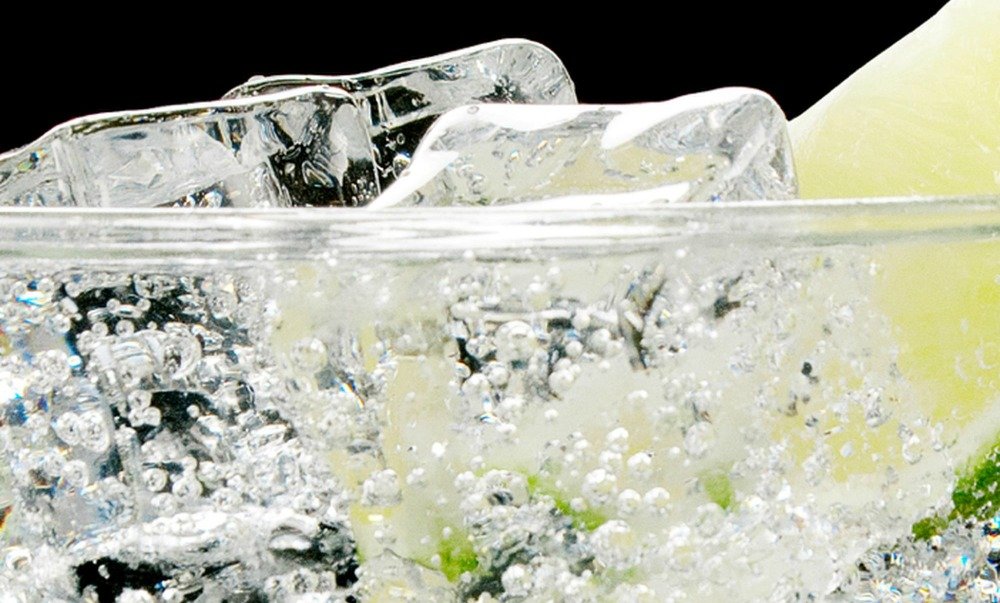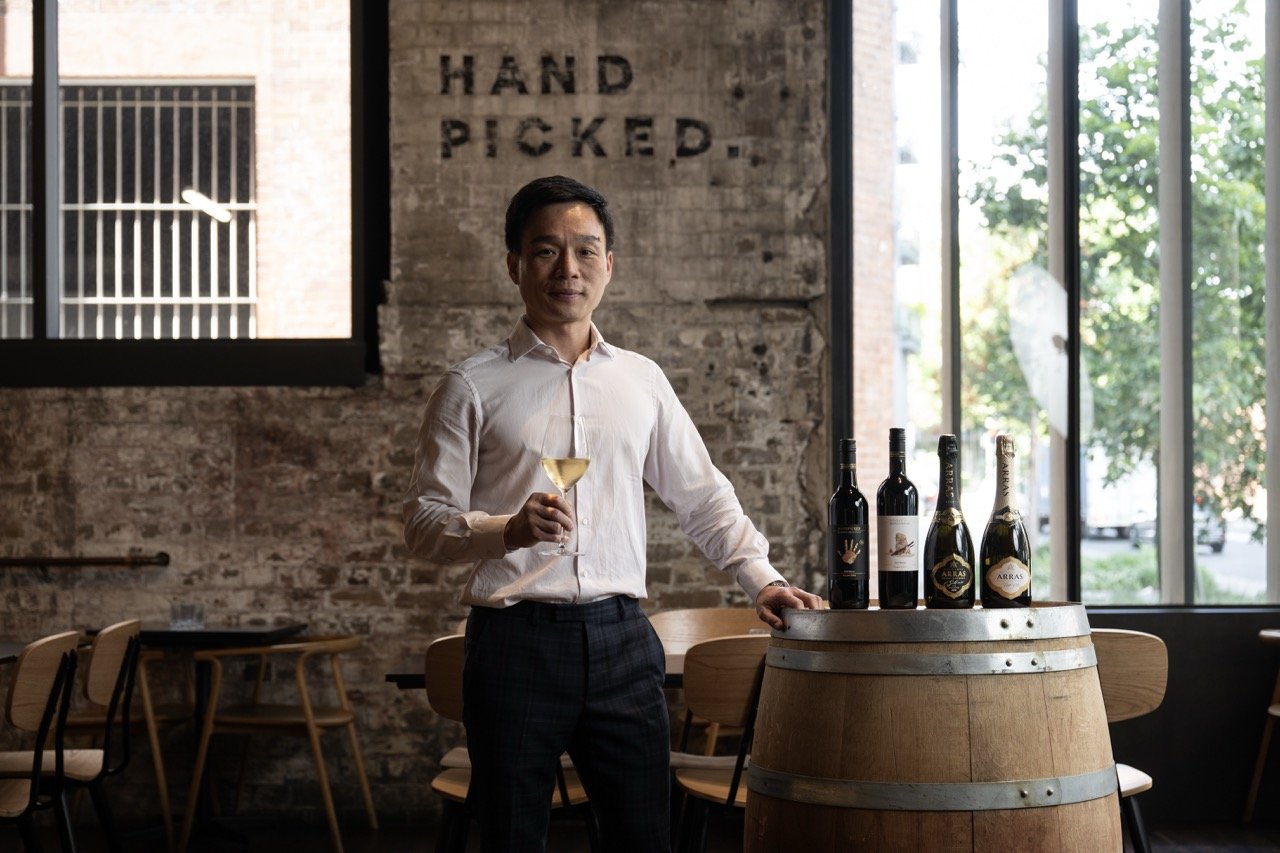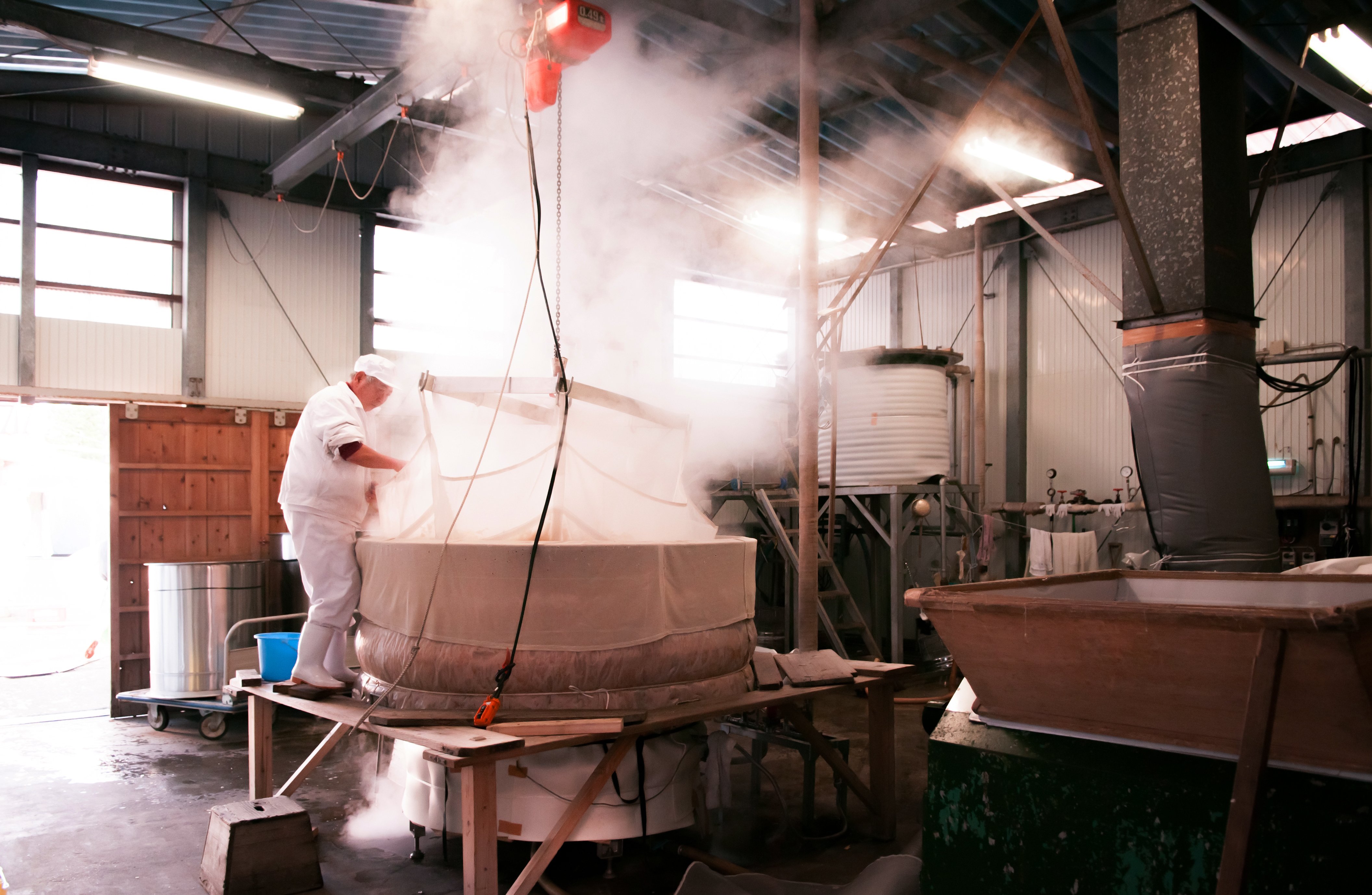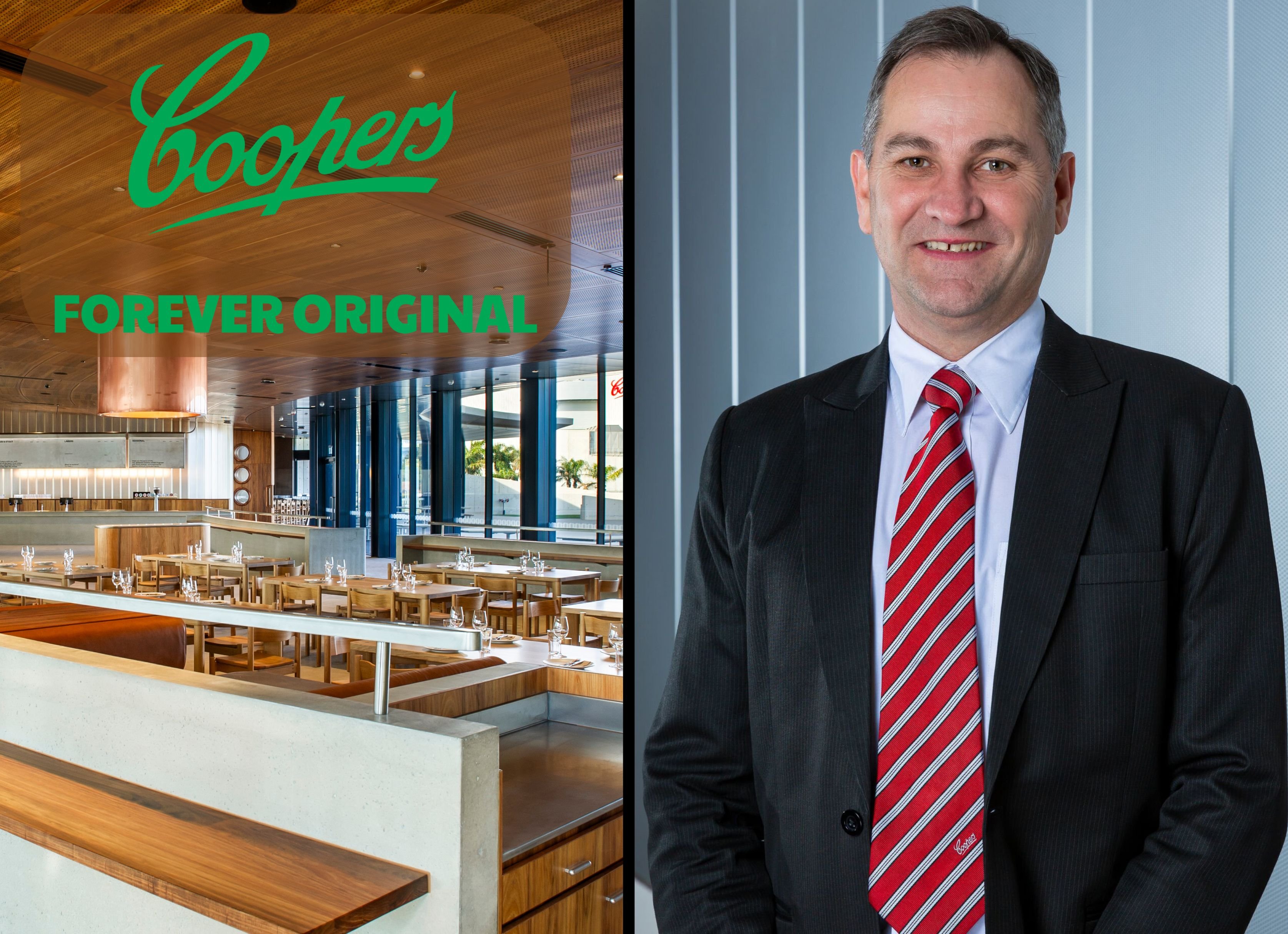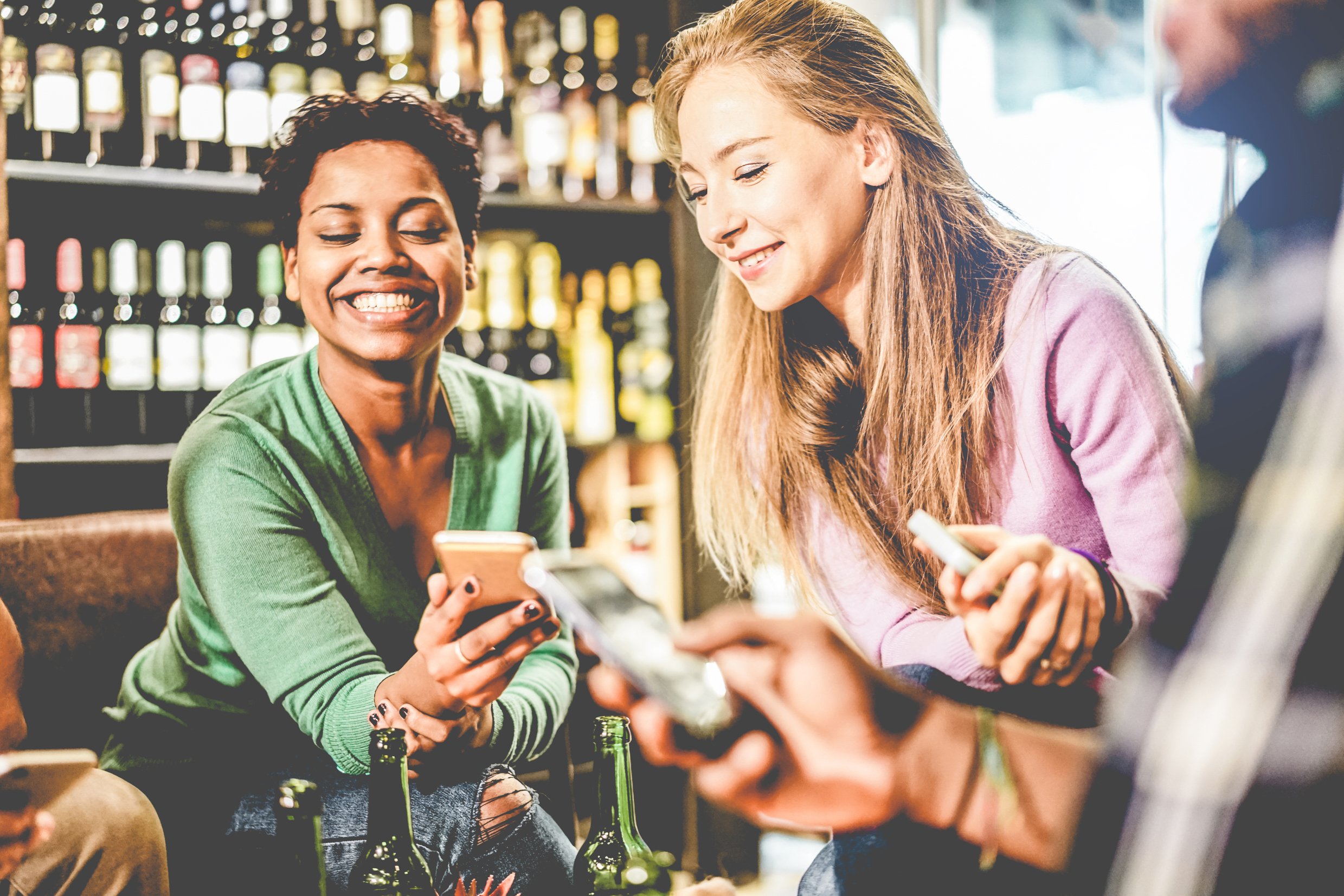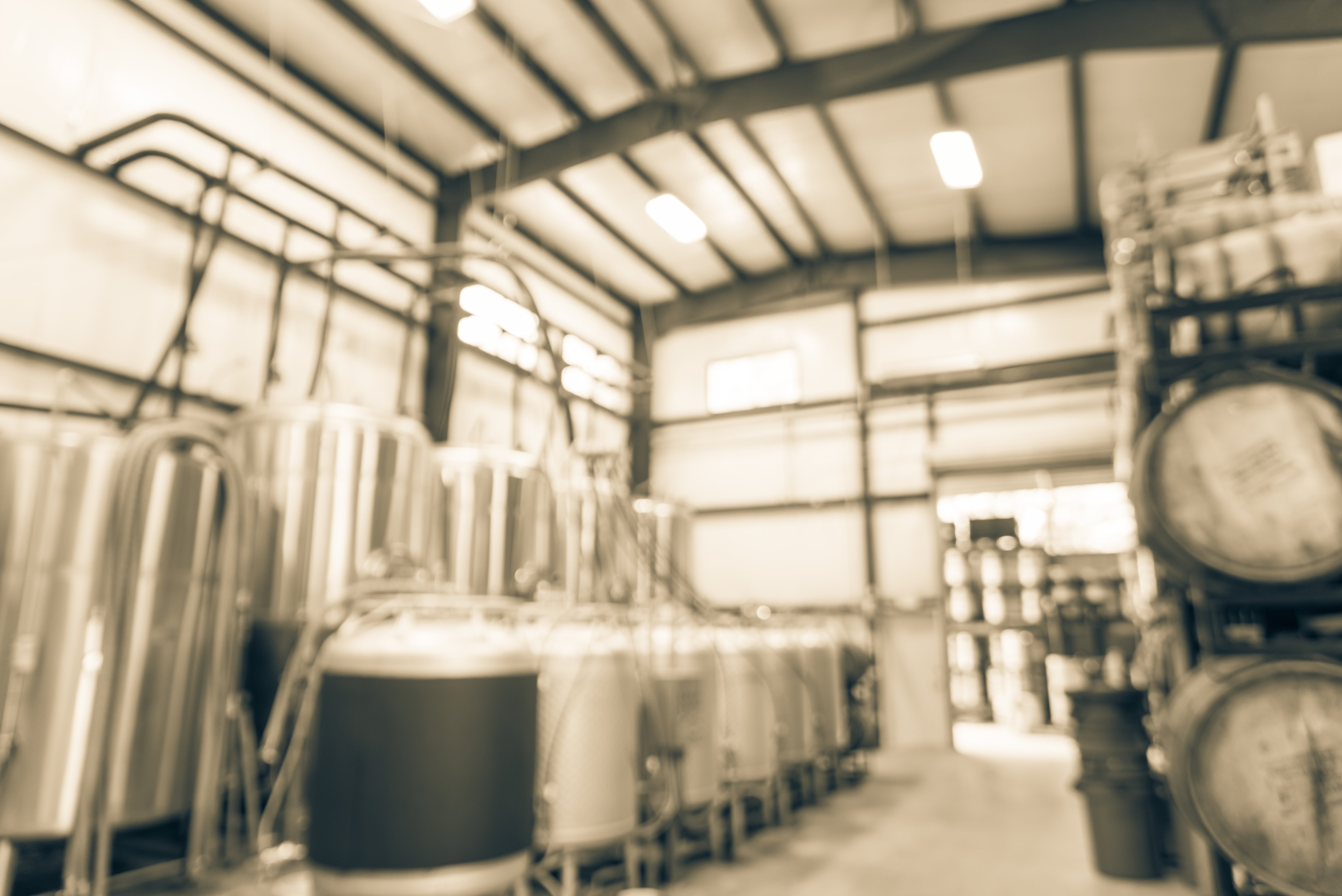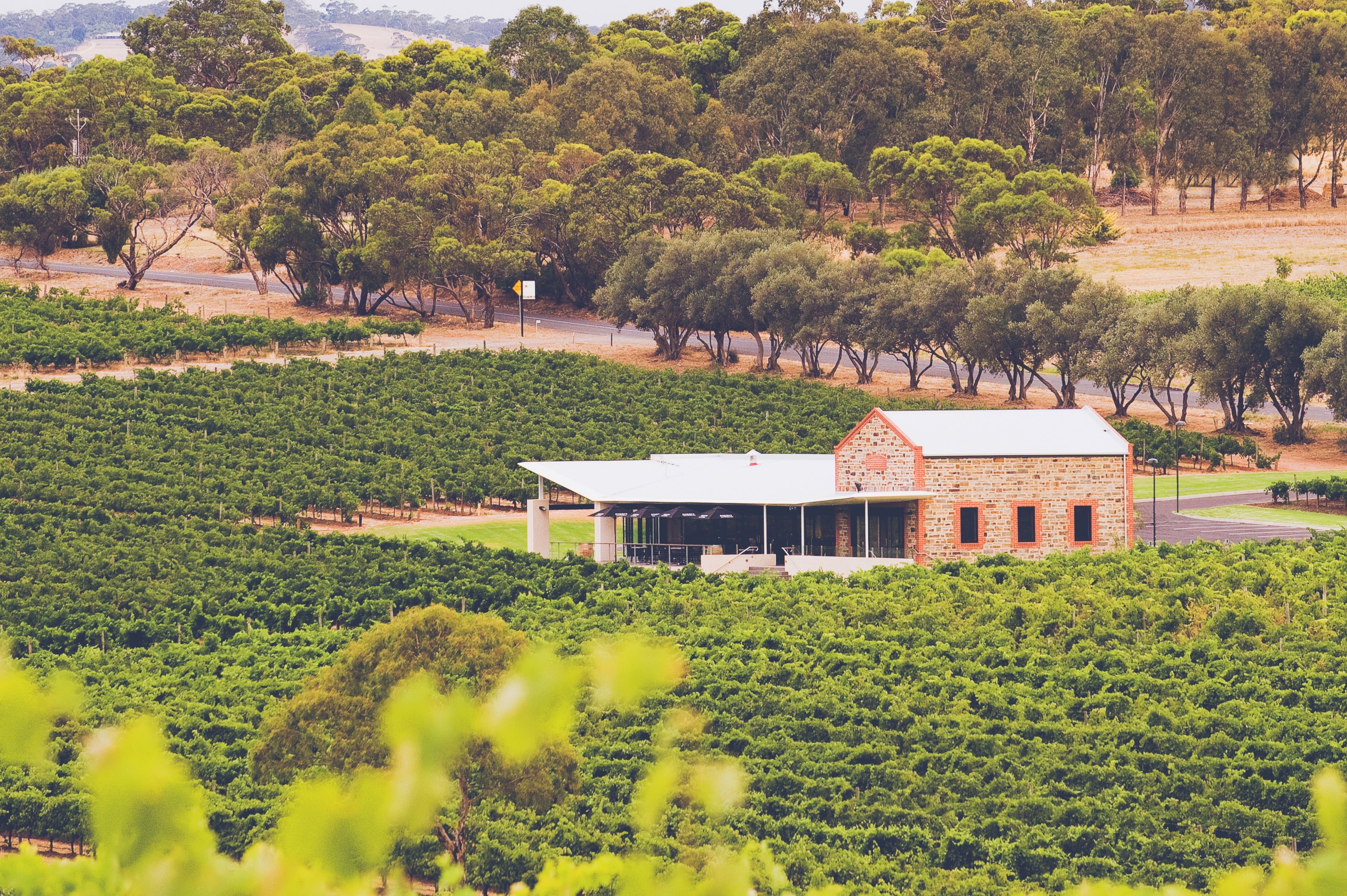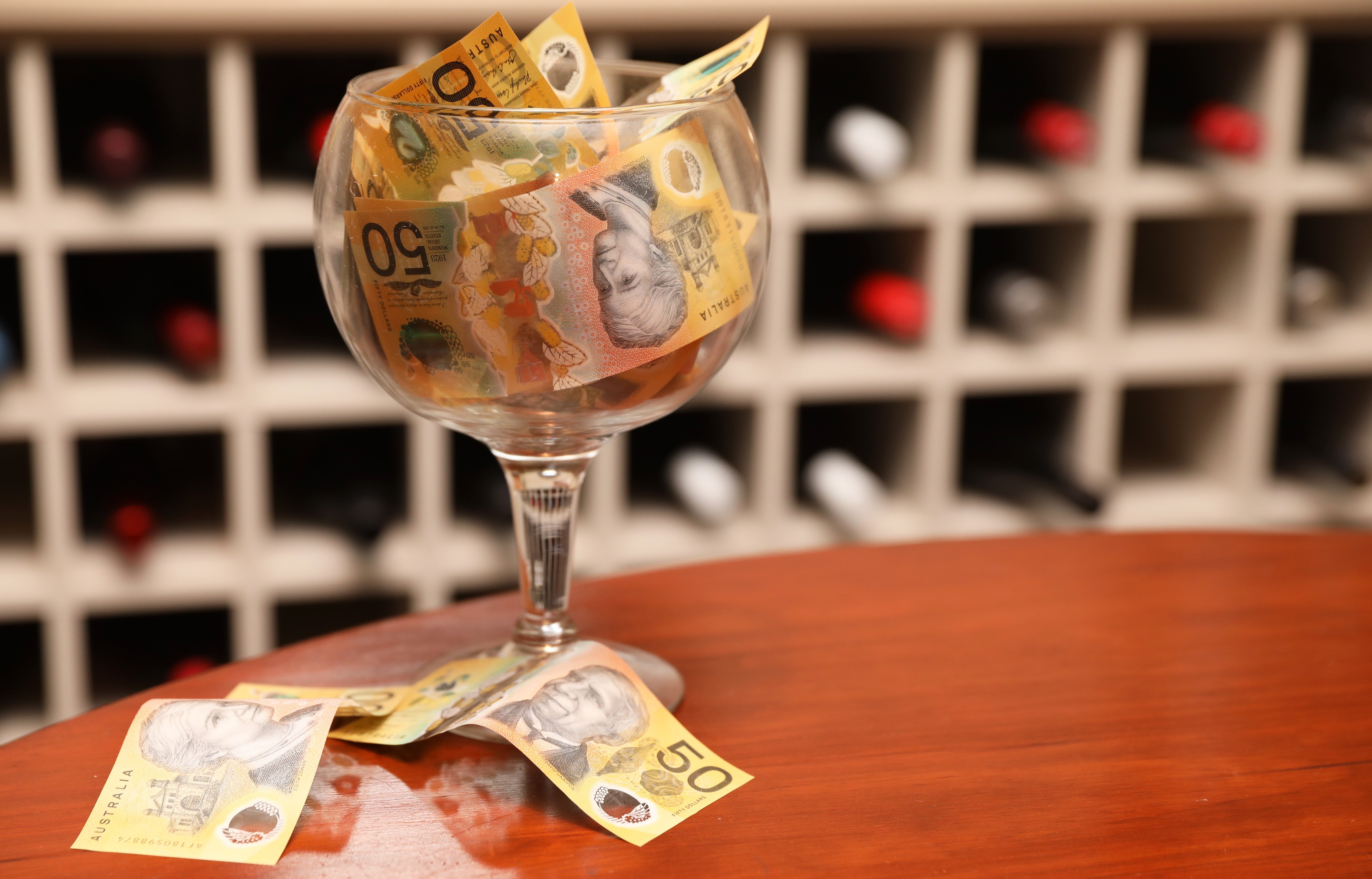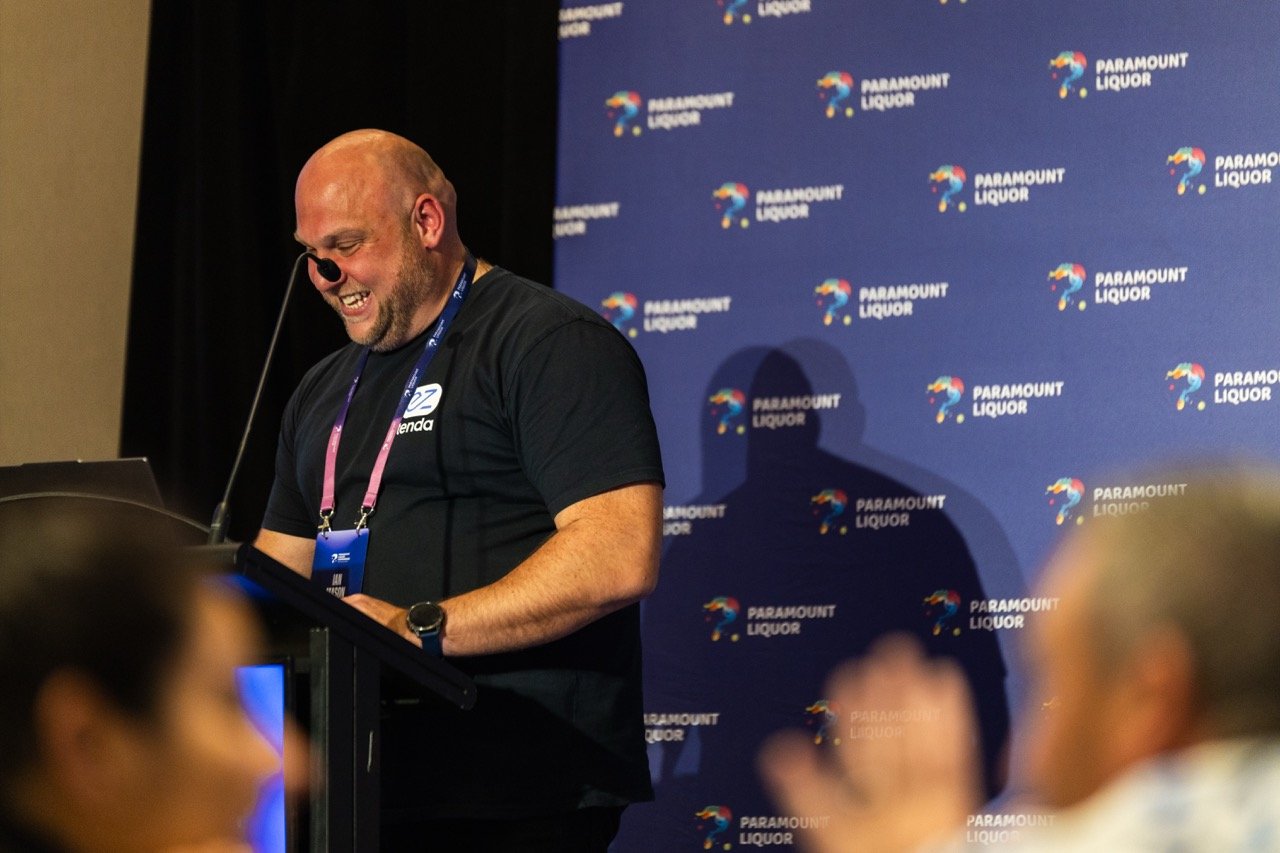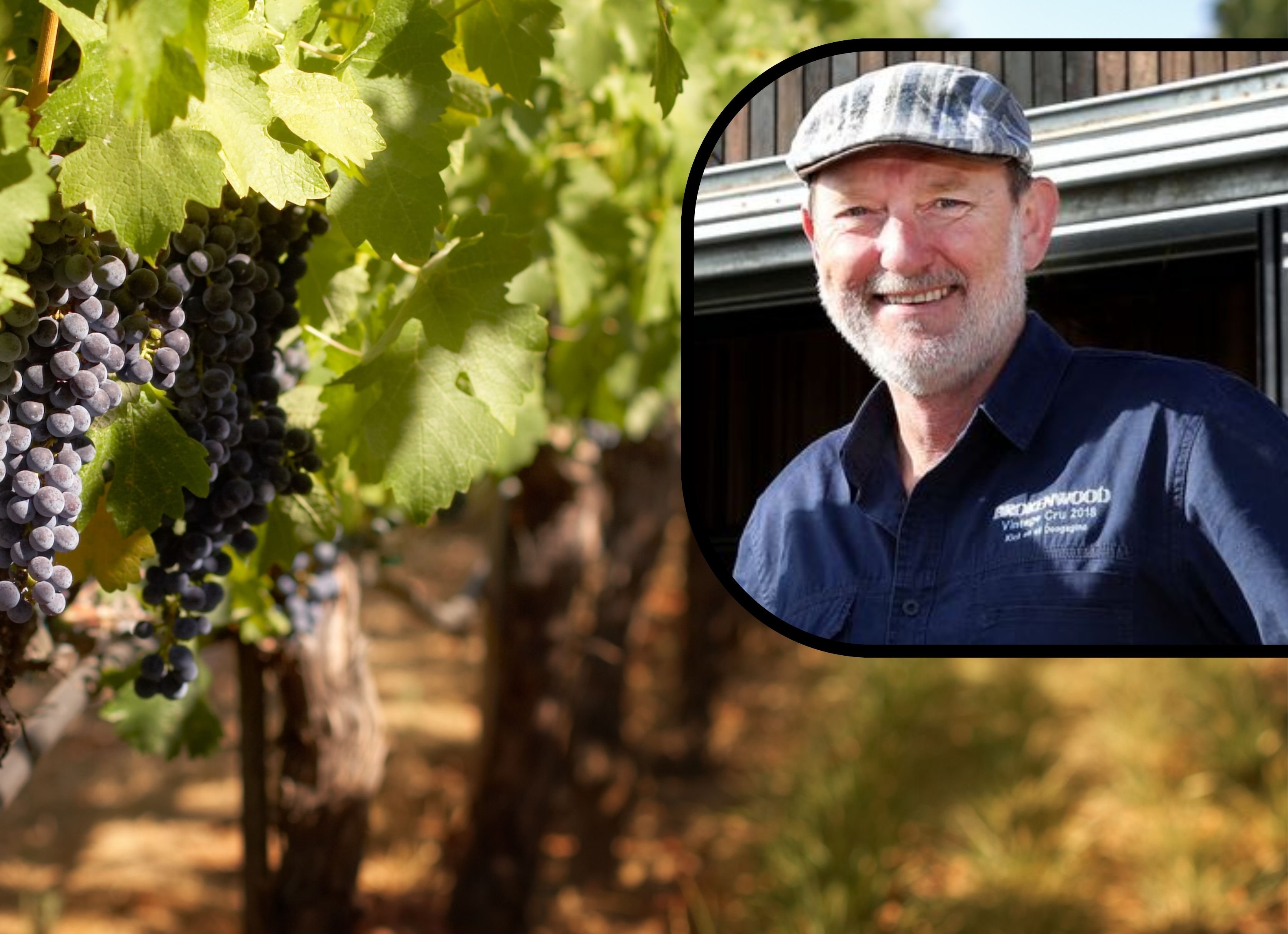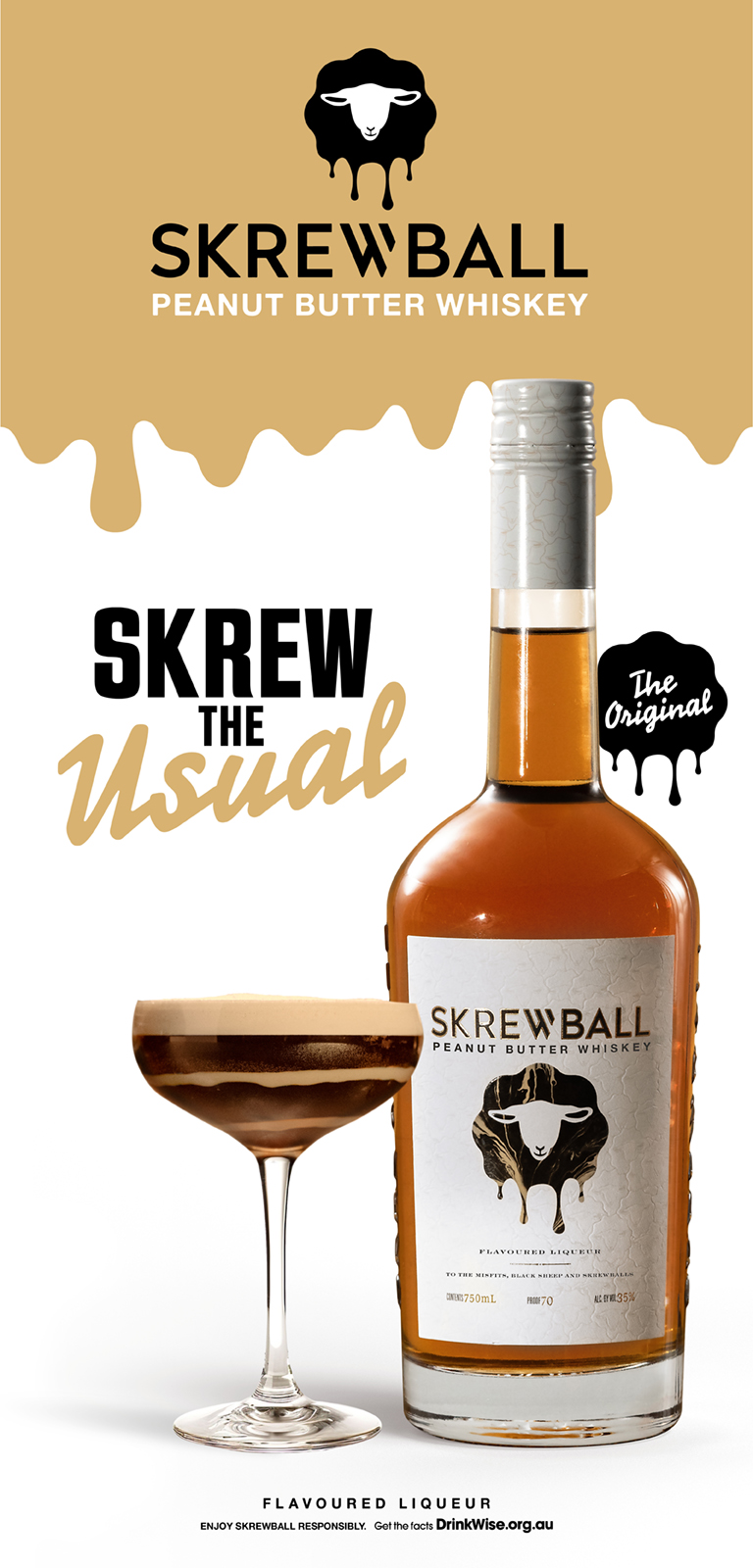Alcoholic seltzer is the hottest thing in drinks right now - it's recorded $1.1billion in sales in the US in the last 12 months and seen 200% growth.
It's also regarded as a huge threat to beer - according to Nielsen its share of the beer market has hit 5.1% in the past 13 weeks.
While Australian drinks manufacturers have been keeping a close eye on the innovation, they've hesitated to put their toe in the water, potentially since "selzter" isn't a household term for beverages here.
However, this week brewer Lion pounced on the trend by releasing Quincy.
The Australian-made, gluten-free, lower carb and lower sugar alcoholic seltzer – containing just a hint of either natural lime or passionfruit flavour – will officially launch nationally on November 1 and Lion is hoping it will become the drink of the Australian summer.
Lion’s Innovation Director Jo Simpson said: “With the worldwide trend towards moderation – in addition to mindfulness around ingredients such as sugar and carbohydrates – we have created a beverage choice that ticks all the right boxes.
“When you enter a bottle shop looking for an afternoon drink and you don’t necessarily feel like a wine, an RTD or a traditional beer, Quincy has the right characteristics that will appeal to drinkers from all these categories. It just provides something a little bit different.”
James Brindley, Lion’s Managing Director said: “Though known for our leading beer portfolio at Lion, Quincy is an innovative response to the growing demand for a lighter drink that tastes great too. At Lion we look forward to continuing to grow our business beyond the core and producing new beverages to suit the changing demands of our drinkers.”
Quincy 300ml bottles will retail for $19.99 for a four-pack and are available at Dan Murphy’s, BWS, Liquorland, First Choice, Vintage Cellars and all leading independent liquor outlets.
Why Nielsen thinks Australia will follow the US trend
Alcoholic seltzer - or "hard selzter" as it is called in the US - was a major talking point for Danny Brager, Nielsen Senior Vice-President, US Beverage Alcohol Practice (pictured above with Nielsen Australia's Marcos de Aruda Senine), during his keynote speech at the Drinks Association Network Breakfast this week.
“They literally can’t make hard seltzer fast enough in the States to satisfy local demand,” he said.
The category has been growing at a triple-digit annual rate since 2016.
Sales of the leading brand in the US market, White Claw, grew 283% to $327.7 million in July compared to the same period last year. Its sales also accounted for nearly 55% of all alcoholic seltzer sales for the week of July 4, a 200% increase since 2018's Fourth of July sales, according to data from Nielsen.
White Claw even claims it outsold Budweiser in July.
"We are working around the clock to increase supply given the rapid growth in consumer demand," Sanjiv Gajiwala, White Claw's senior vice president of marketing, told CNN Business last month. "White Claw has accelerated faster than anyone could have predicted."
According to Brager, White Claw had the advantage of being one of the first alcoholic selzters to hit the market in 2016. Its creator had already experienced huge success with Mike's Hard Lemonade and was a savvy operator in the "hard" drinks category.
"The brand also has an amazing social media presence and has really taken on a life of its own," Brager said. "There are even White Claw fan clubs, it really is a brand that transcends product."
The new RTD threat to beer sales
But what exactly is an alcoholic seltzer? Essentially it’s alcoholic water, but it’s not to be confused with mineral water, tonic water or soda water.

Alcoholic seltzer – called “hard” seltzer” in the US – is made by carbonating plain water with carbon dioxide, while other water mixers contain sodium and minerals.
One of the keys to its success is that, unlike so many of its predecessors, alcoholic seltzer's such as White Claw are equally loved by men and women.
White Claw's ads and social media posts feature the product as the main attraction, with men and women in the background and on equal footing.
“Beer marketers have been trying to crack the code of being gender-neutral after years of ignoring half the population,” Harry Schuhmacher, editor and publisher of Beer Business Daily, told the Washington Post. “Big brewers haven’t really been able to do it, but then White Claw came in, and it’s always been a gender-neutral thing.”
Industry analysts are predicting the alcoholic selzter market will reach $1 billion in sales in the US this year and could be worth $2.5billion by 2021.

Share the content
